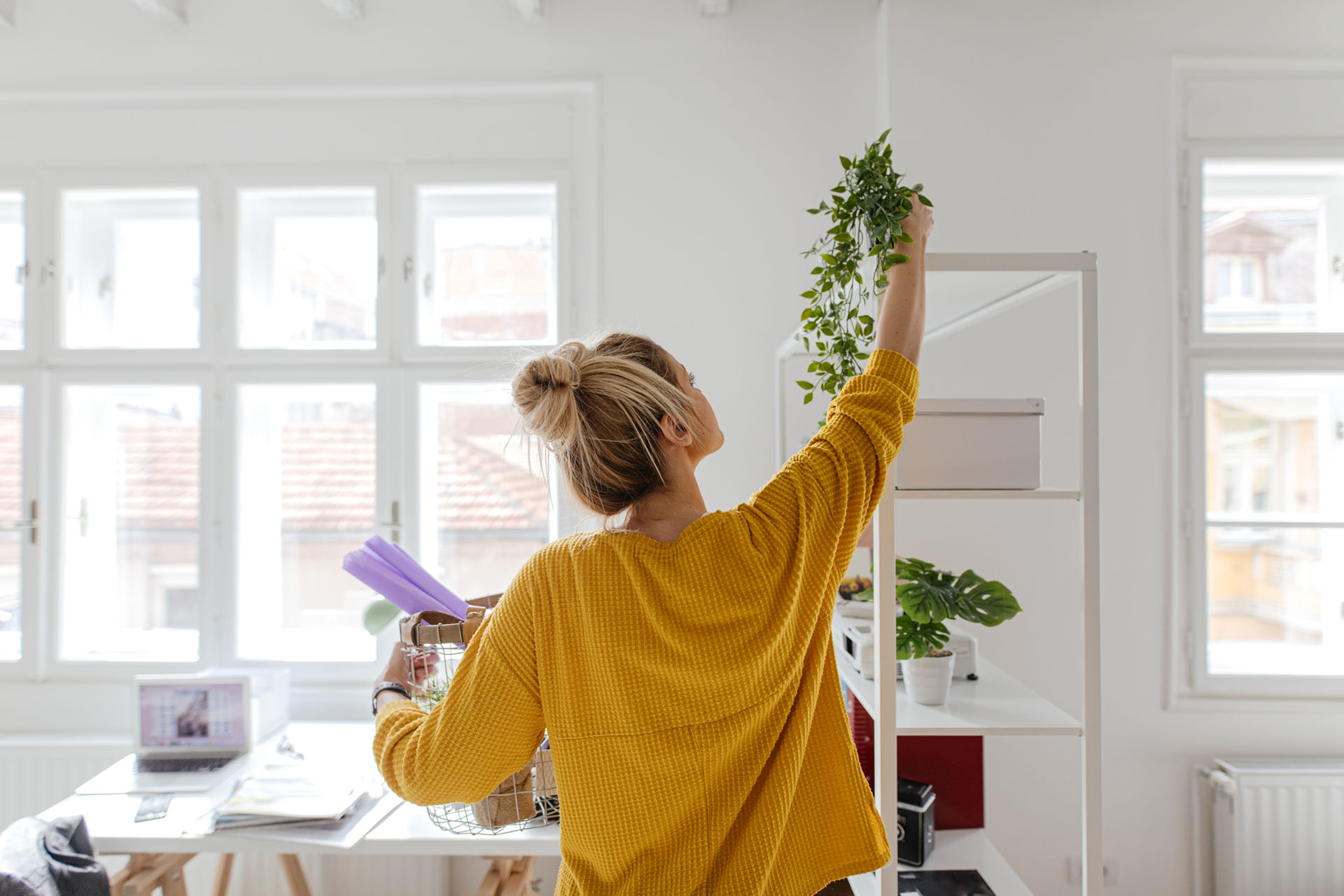
7 Design Principles Everyone Should Know
Mid-century modern, eclectic, boho, and minimalist are just a few of the most popular design aesthetics professional designers and nonprofessionals alike utilize to make a home look more cohesive and beautiful. While each style is very different from one another, they all start with the same basic principles.
You need to have a good grasp of design principles and how they work together to create a well-designed space. Once you do, you’ll be able to see your home in a completely new light and achieve the spaces you’ve always dreamed of.
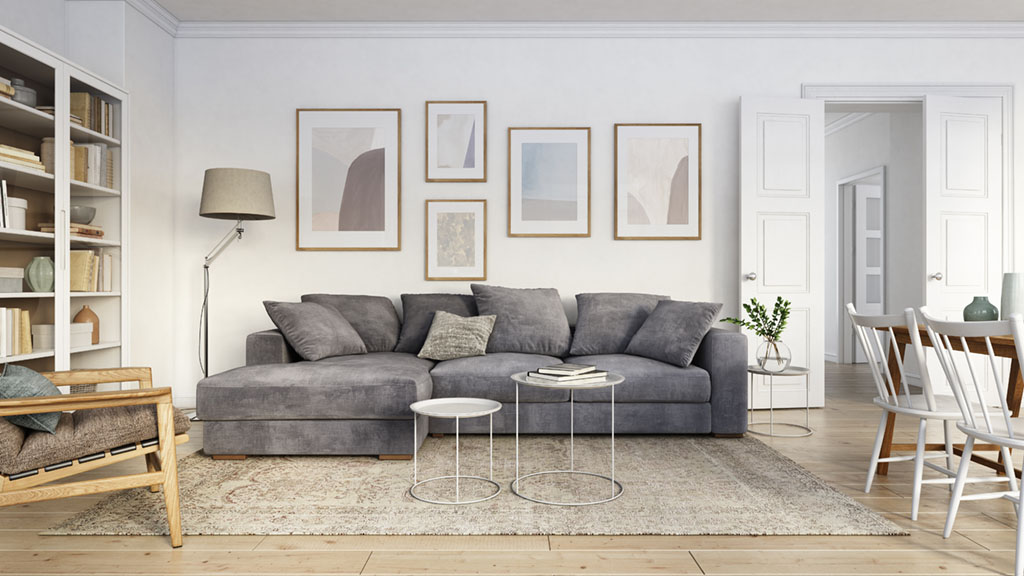
-
Unity
The principle of unity stipulates that every element in a room, from the furniture to the accessories, should work together in harmony. This is not to say that everything must be the same shape and color and that it must match perfectly. However, unity requires that all components blend cohesively so that the room’s appearance isn’t jarring.Application of unity:
If you are making a gallery wall with differently shaped frames, consider keeping all of the frames the same color.
A patterned sofa or chair can make a room pop, but try to avoid using an overload of contrasting patterns in the same space. For example, don’t pair a floral love seat with a polka-dot ottoman and a tie-dye throw blanket.
Select a color scheme for your room and stick with it. You can play with a variety of colors in the same space, but they should all work together and be visually appealing next to one another.
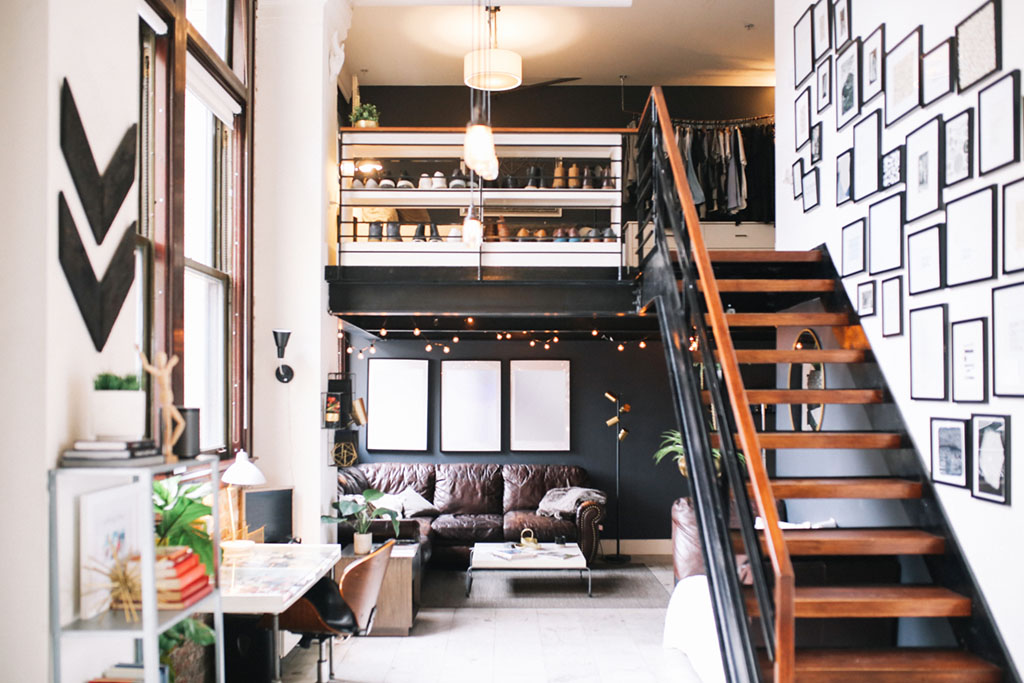
-
Contrast
Contrast is on the opposite end of the spectrum from unity, but it is equally important in achieving a balanced look for your rooms. It is characterized by combining objects of varying forms, shapes, sizes, and colors.Application of contrast:
A rounded dining table can be paired with chairs that have sleek, rectangular backs. Conversely, hang a rounded mirror or another accessory in your kitchen with a farmhouse, bench-style table.
Color is one of the most obvious ways to achieve contrast, such as including black and white furniture or painting a single wall in a standout shade.
Try not to overcrowd a specific area of a room. Utilizing negative space by leaving areas of the room empty can help draw the eye to a particular part of the room you want people to see and away from other parts.
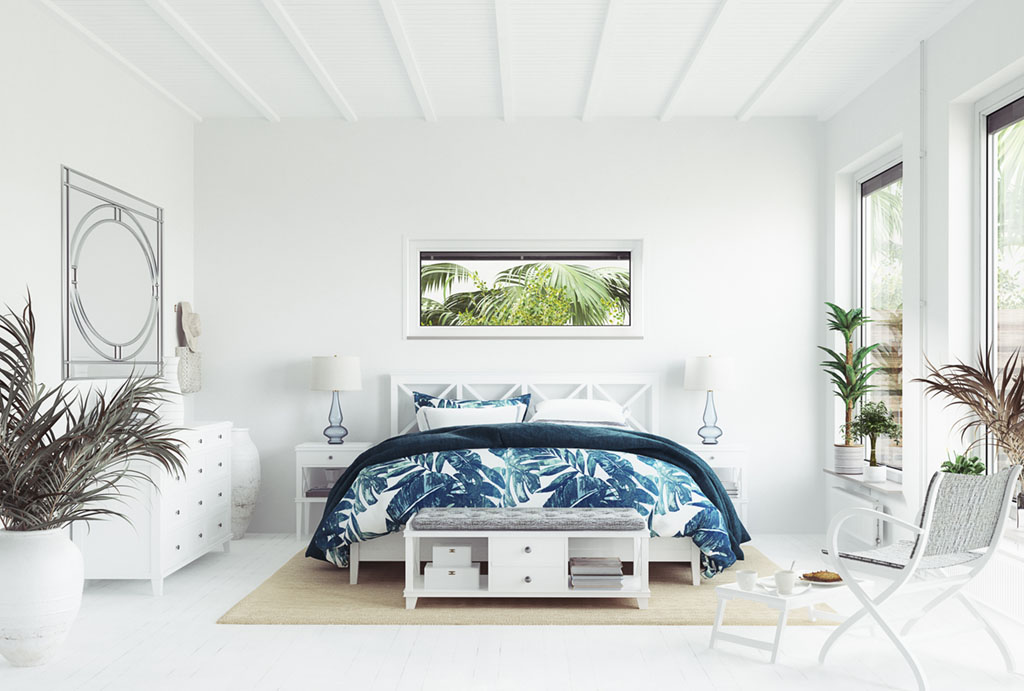
-
Balance
Many people confuse balance with symmetry, and they are not the same. You can achieve balance in your interior design through both symmetry and asymmetry. What’s most important to keep in mind is that the entire room should look and feel interconnected.Application of balance:
Utilize a specific object in the room as a focal point, such as a large mirror, a dining table, or an interesting piece of art, and build out the rest of the room around that point.
When grouping like items, consider keeping the number of objects balanced. For example, if you are placing a line of candles on a mantel, make sure the candles are evenly spaced.
If you have a lot of large and heavy pieces of furniture in the room, create balance by incorporating delicate tables or other accents to counteract the weight.
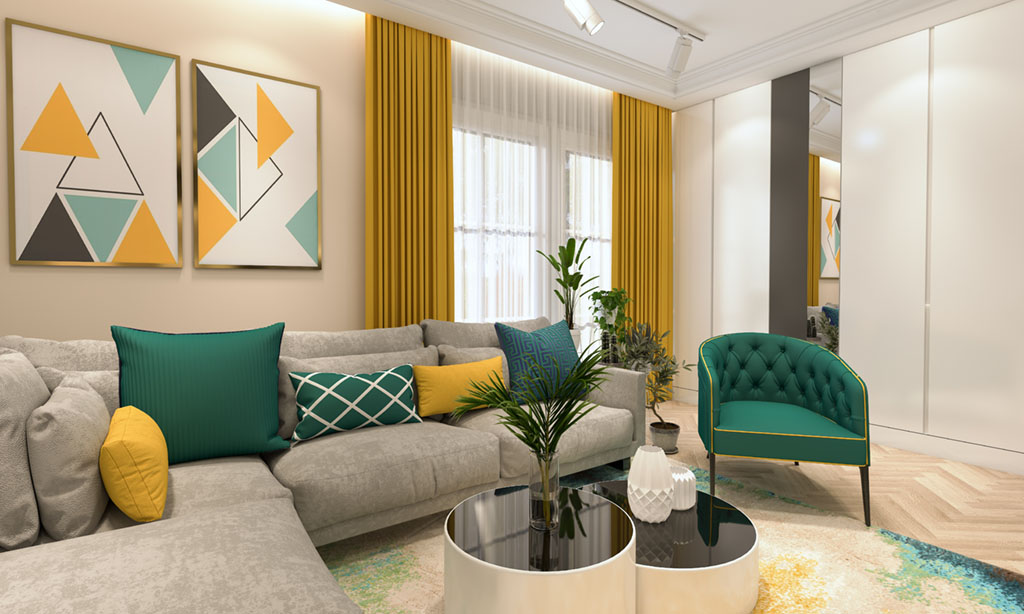
-
Rhythm
Just like in music, every room you design needs rhythm. Rhythm makes a room more visually appealing and helps it to feel complete. Repetition is key to creating a good rhythm in a space, but the rhythm and pattern you choose are up to you.Application of rhythm:
Create movement along a wall by alternating the colors or shapes of picture frames. For example, hang a blue frame, followed by a white frame, followed by another blue frame.
You can also create rhythm by using the same color in multiple places throughout the room, such as gold hardware on kitchen cabinets with gold vases.
If you are placing objects or accents in a straight line, make sure there is rhythm among them, such that they move the eye along the wall or in a particular direction.

-
Scale/Proportion
Scale and proportion go hand in hand when designing a room, and both principles need to be in play to help the design feel comfortable and functional. Design should, first and foremost, make sense for you and your lifestyle.Application of scale/proportion:
When hanging objects on walls, make sure they are as close to eye level (approximately five to six feet from the floor) as possible. Also, if you’re hanging a mirror or piece of art above furniture, make sure you give the piece room to breathe so both objects aren’t competing for attention.
Think of every room as having different parts or quadrants to ensure that accent pieces and furniture are evenly dispersed throughout the space. Try taking a few steps back from the room before making final placement decisions to get the bigger picture of your setup.
Think practically when it comes to the furniture you choose. Installing a shelf at an unreachable height doesn’t make much sense, nor does buying an eight-seat sofa for a family of two. Consider the size and space that objects take up in relation to how you will use them.
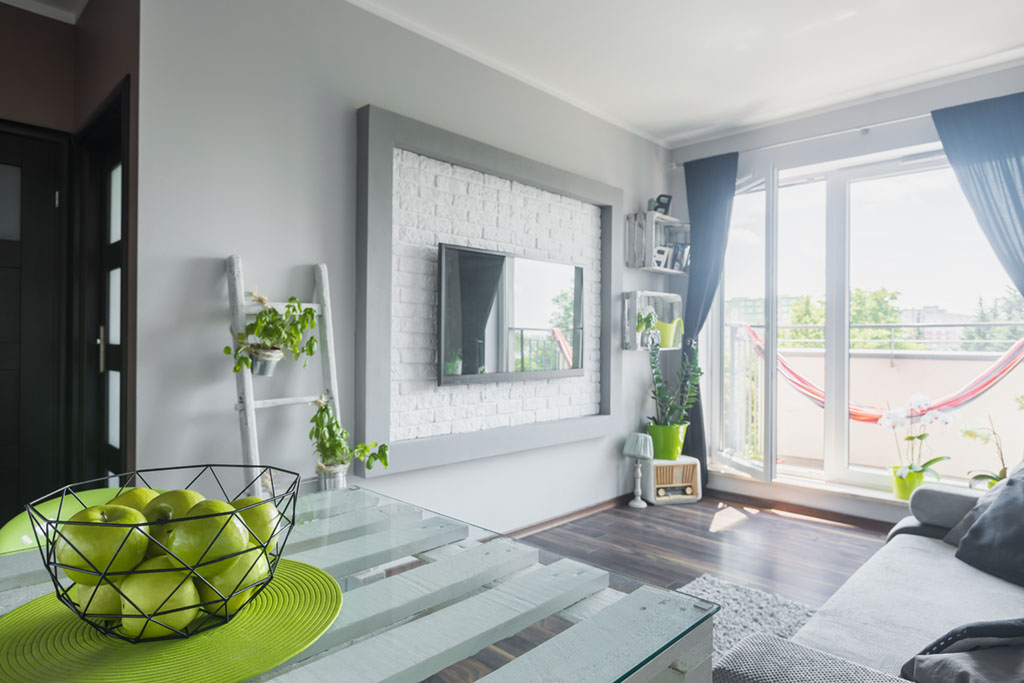
-
Emphasis
Emphasis is a particularly important part of eclectic and modern design styles, as it encourages the use of a single color, object, or pattern as the focal point. However, this is an important element to consider no matter your style, as it can help you easily build out your design.Application of emphasis:
Do you have a favorite antique or a beloved piece of furniture you don’t want to part with? Consider building out the design of your room around it. For instance, a beautiful, antique china cabinet can be repurposed into a home for books in a living room.
If you are fond of a particular color, highlight it in a room you frequently use, such as the kitchen or family room. You can even build a color scheme around that color to make sure it doesn’t overpower the space.
Avoid doubling up on focal points within the same space. A room with a grand piano doesn’t also need a full wall of art, for example. Choose one element that stands out as the most visually appealing, and keep the rest of the room simple.

-
Detail
Last but certainly not least, detail is a hugely significant but frequently overlooked element of design. You don’t need to spend all of your time fine-tuning every inch of your space. However, in order for a room to look and feel complete, it’s essential to pay attention to detail.Application of detail:
Every part of your home should feel like you, so don’t be afraid to incorporate personal touches or elements that aren’t necessarily in line with what’s popular in interior design at the moment. This can give your design a more lived-in and timeless appearance.
If part of a room feels lackluster, try bringing in an accent piece, such as a large potted plant or a standing mirror, but make sure you’re keeping the other design principles in mind.
Small details, like a curated stack of coffee-table books or a vase of your favorite flowers, can go a long way. When you are done incorporating all of the other design elements, scan the room for anything that is missing or that feels out of place, and remove objects that don’t fit or serve a purpose.
Share these tips on the basics of design with friends and family.
Up Next:
Flavorful French Fare

Posted in September 2021 on Jun 01, 2021